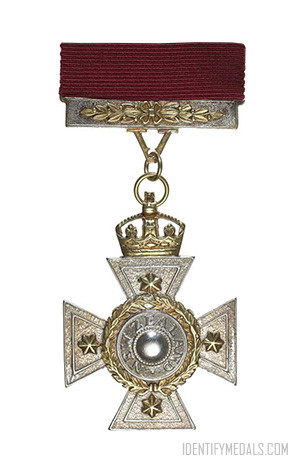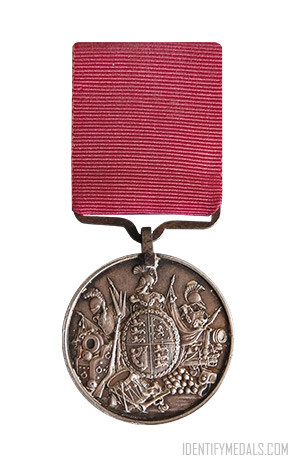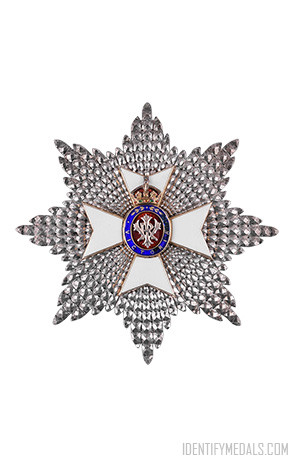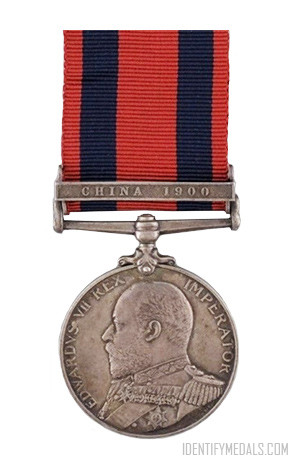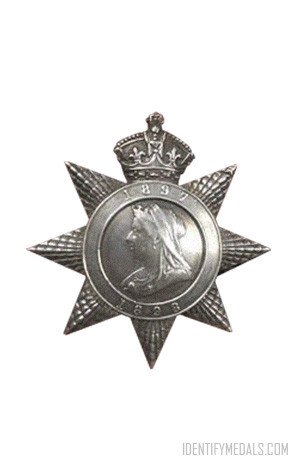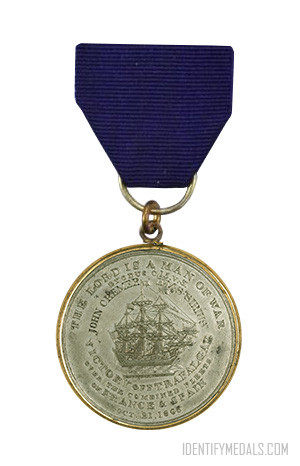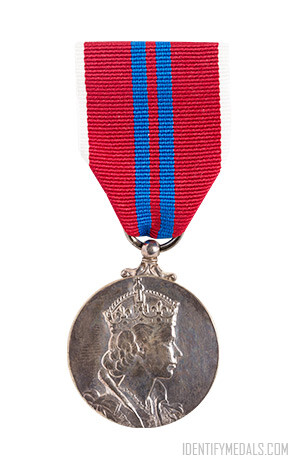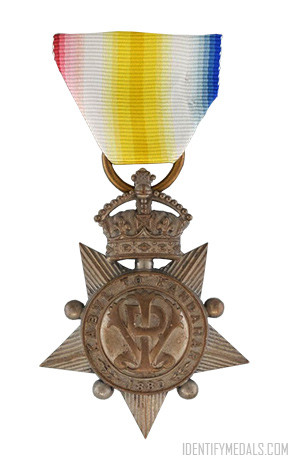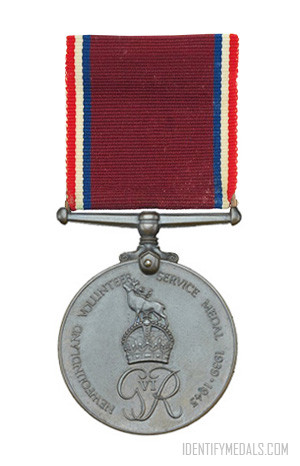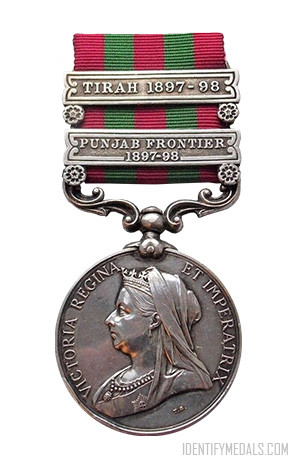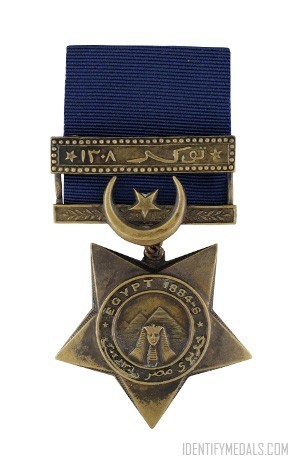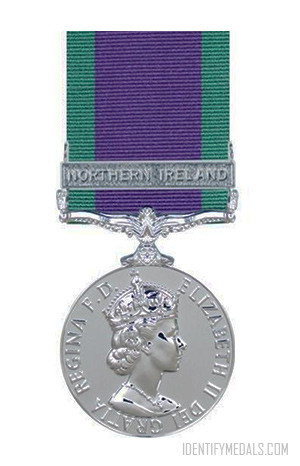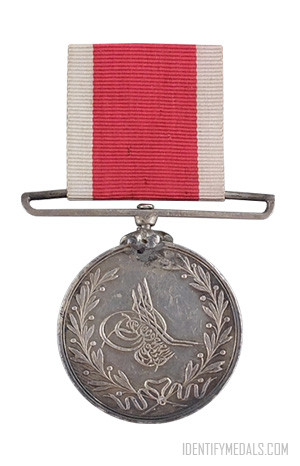- Time Period: Pre-WW1
- Year of Institution: 10 March 1869
- Country: Great Britain
The New Zealand Cross is a Great Britain decoration introduced on 10th March 1869 by an Order in Council, Wellington, during the New Zealand Wars, which were fought between natives of New Zealand, the Māori, and forces raised by European settlers known as Pākehā assisted by British troops. The decoration was conferred for bravery.
Because of the mistaken impression that colonial troops were not eligible for the Victoria Cross unless under command of British troops, the Governor of New Zealand, Sir George Bowen, instituted the New Zealand Cross as the highest New Zealand award. Queen Victoria eventually ratified his action.
Only 23 New Zealand Crosses were awarded, the last being authorized in 1910.
The New Zealand Cross Design
The decoration has the form of a silver (with gold apliqué) cross pattée with a six-pointed gold star on each limb. It measures 52 mm high and 38 mm wide.
The obverse bears the words ‘NEW ZEALAND’ in the center, gilded in gold and encircled by a laurel wreath. The reverse has two concentric circles with the name of the recipient engraved between the circles, and the date of the action engraved within the inner circle. For the first 20 medals cast in 1871, the reverse of the suspender clasp contains the cartouche of the goldsmith Messrs Phillips Brothers and Son of Cockspur Street, London. This cartouche was omitted from a further five medals cast in 1886.
The ribbon is crimson and passes through a silver seriffed “V” suspender clasp with small gold laurel leaves. The cross is surmounted by a Tudor Crown.

